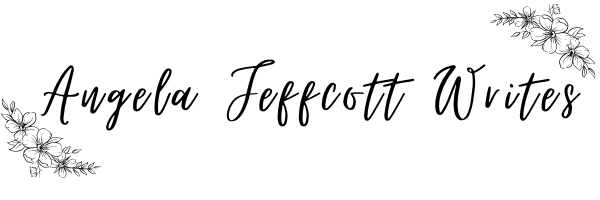We are over halfway into summer! For me, that means planning for next school year!
This might seem tedious but I love it. Talking to my kids about what they want to learn and researching possibilities is fun for me. Mapping out a {tentative} school year plan is always challenging but I enjoy it! Of course, rarely does a year go exactly as planned {hello, COVID-19!!} but I like having a goal set and some things in place to strive for.
First off, we traditionally homeschool meaning we use a set curriculum for our core subjects, my kids have books and workbooks and a laid out lesson plan for math, science, language arts, and history. We use the Bob Jones Press textbooks and really love them. They have a great scope and sequence laid out that flows together from year to year, and the subjects tie together well {like what we’re learning in English grammar corresponds to what we’re doing in spelling, etc.}. So far, my kids have demonstrated that sitting at desks and having a structure works for them.
So, when I say my kids are choosing what they want to study, what am I talking about? I fully realize that some things in school you just have to learn but different people are drawn to different things. When I was a student, I loved reading, history, and writing. I still gravitate toward those more than science or math. But science and math are necessary and important so we can’t spend all our time reading literature and writing book reports.
I’m a firm believer that most kids love learning but they need to have an opportunity to learn things that keep them interested. Every year, I ask my kids what topics they want to know more about. It can be an animal, a place, a time period, a person. I ask them to choose two or three each. Then I look for books, activities, YouTube videos, etc. that we can incorporate into our school year. This isn’t a formal curriculum or something that’s super structured. In the past, we’ve done it one day a week and alternated weeks. This year, we’re going to try doing each subject daily for two weeks, then switching subjects.
What I love about this is it gives the kids {and me} the opportunity to learn about something that might not be included in curriculum we would usually use and to dig in a little deeper. I haven’t finished putting the plans together yet but let me show you my process for planning:
We will be learning about Sweden, the Vikings, dinosaurs and Creation, and Russia and the Romanovs in our first semester. Here are the steps I followed for each topic:
To start, I thought about what aspects of those topics I want my kids to learn, keeping in mind their ages. Obviously, we can’t be exhaustive on the subject, especially if we’re only spending 2 weeks on each one! So I try to keep it realistic. For Sweden, for example, I would like them to learn where it is, major city names, and a little about the history. For fun activities, we’ll cook some Swedish food and learn how they celebrate holidays.
Then I looked up what books the library has available on these topics {for dinosaurs, I looked in our church library to focus on the Creation/young earth viewpoint, not evolution}. I wrote down the names and call numbers to save time in the fall. Once I know what weeks we’ll be covering each topic, I’ll put the books on hold at the library.
Then I looked online for things that might fill in, like activity books, sticker books, videos, etc. I found dinosaur ‘eggs’ you chisel open and find the dinosaur ‘bones’ in then reconstruct the dinosaur! On YouTube, I found a video that gives an overview of Sweden’s history with animation. Anything fun or hands-on I save to an Amazon list or write down. I don’t want to break the bank or purchase more than we can use so I set a limit on how much I’m going to buy per subject. Pinterest is a great place to look for activities to download. I found a whole Viking unit with games, crosswords, and puzzles that a homeschool mom put together for a free download!
This might sound like a lot but I love it! It also helps to get the kids excited about school next year. I try to keep some of the plans a surprise for them, but knowing we will be learning about things they love helps their enthusiasm stay high.
What fun things do you incorporate into your school year? What are some unit studies you’ve tackled?
Photo by Nick Morrison on Unsplash





